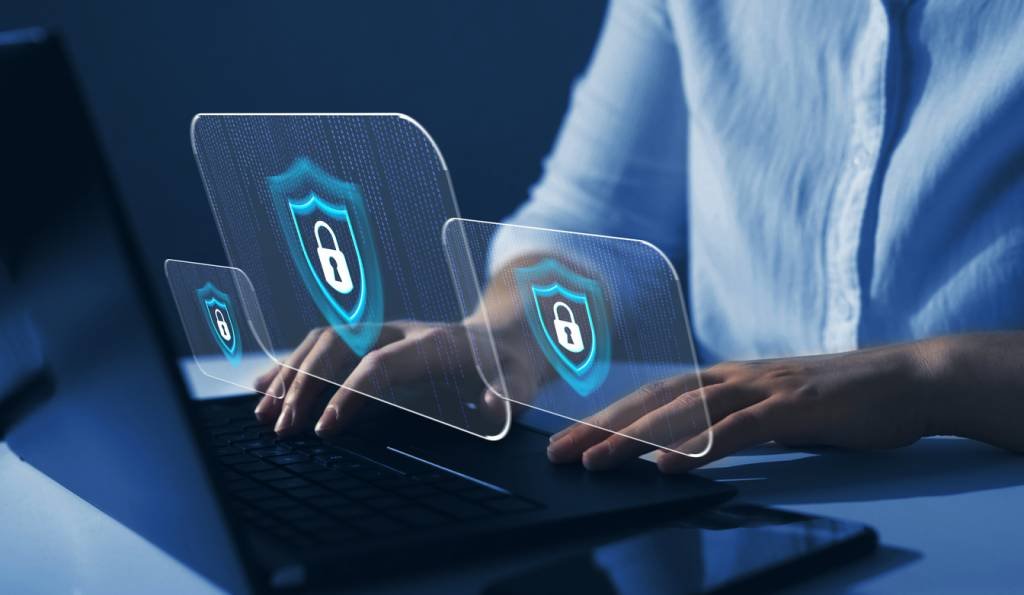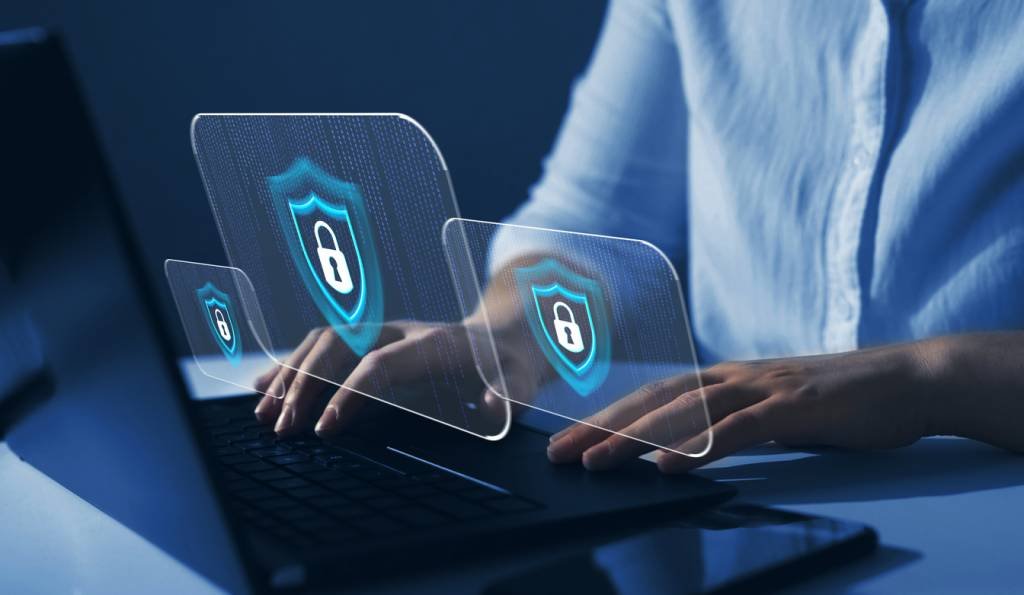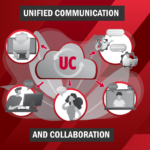Conference System Security
As organizations increasingly rely on conference systems for virtual meetings, safeguarding sensitive information during these sessions is paramount. Effective conference system security helps protect data, maintain privacy, and prevent unauthorized access. This blog post explores key strategies, best practices, and tools for securing conference systems and ensuring that sensitive information remains protected.
Why Conference System Security Matters
1. Prevent Data Breaches
Conference systems often handle sensitive data, including business strategies, financial information, and personal details. Without adequate security measures, this data can be vulnerable to breaches, leading to potential financial and reputational damage.
2. Maintain Privacy
Ensuring the privacy of conference communications is crucial for maintaining trust and confidentiality. Unauthorized access or eavesdropping on meetings can undermine privacy and expose confidential information.
3. Comply with Regulations
Many industries are subject to regulations and standards that mandate the protection of sensitive information. Implementing robust security measures helps organizations comply with these regulations and avoid legal consequences.

Key Strategies for Securing Conference Systems
1. Implement Strong Authentication and Access Controls
Use Multi-Factor Authentication (MFA)
Multi-Factor Authentication (MFA) adds an extra layer of security by requiring users to provide multiple forms of verification before accessing the conference system. This helps prevent unauthorized access, even if login credentials are compromised.
Manage User Permissions
Configure user permissions based on roles and responsibilities. Restrict access to sensitive meetings and data to authorized personnel only. Regularly review and update permissions to reflect changes in team structure and responsibilities.
2. Encrypt Communication and Data
Use End-to-End Encryption
End-to-end encryption ensures that data transmitted during conferences is protected from eavesdropping and interception. This encryption method secures communication between participants and prevents unauthorized access to meeting content.
Secure Stored Data
Ensure that any recordings, transcripts, or files related to meetings are encrypted and stored securely. This prevents unauthorized access to sensitive information even after the meeting has concluded.
3. Regularly Update and Patch Systems
Apply Security Updates
Keep your conference system and related software up-to-date with the latest security patches and updates. Regular updates address known vulnerabilities and protect against emerging threats.
Monitor for Vulnerabilities
Continuously monitor for potential vulnerabilities in your conference system. Conduct regular security assessments and penetration tests to identify and address any weaknesses.
4. Educate and Train Users
Provide Security Training
Educate employees on best practices for using conference systems securely. Training should cover topics such as recognizing phishing attempts, securing login credentials, and following proper meeting protocols.
Promote Security Awareness
Foster a culture of security awareness within your organization. Encourage employees to report suspicious activities and adhere to security guidelines to protect sensitive information.
5. Utilize Secure Conference Tools
Choose a Reputable Conference System
Select a conference system that offers robust security features and has a strong reputation for protecting user data. Review the system’s security protocols, compliance certifications, and privacy policies.
Leverage Built-In Security Features
Make use of built-in security features provided by the conference system, such as meeting locks, waiting rooms, and participant controls. These features help manage access and ensure that only authorized individuals can join the meeting.
6. Monitor and Audit Meetings
Log Meeting Activities
Enable logging and monitoring of conference activities to track participation, access, and any unusual behavior. Regularly review logs to detect and investigate any potential security incidents.
Conduct Security Audits
Perform periodic security audits of your conference system and related processes. Audits help identify potential vulnerabilities, assess compliance with security policies, and implement improvements.
Best Practices for Conference System Security
1. Establish Security Policies
- Develop Guidelines: Create and enforce security policies for using conference systems. Include procedures for securing meetings, managing access, and handling sensitive information.
- Communicate Policies: Ensure that all employees are aware of and understand the security policies related to conference systems.
2. Implement Risk Management Procedures
- Assess Risks: Conduct risk assessments to identify potential threats and vulnerabilities related to conference systems.
- Mitigate Risks: Implement risk mitigation strategies, such as enhancing security measures and providing additional training, to address identified risks.
3. Secure Mobile and Remote Access
- Use Secure Connections: Ensure that remote and mobile access to conference systems is secure. Require the use of VPNs and secure connections to protect data during remote meetings.
- Implement Mobile Security: Apply security measures to mobile devices used for accessing conference systems, including device encryption and remote wipe capabilities.
Conclusion
Protecting sensitive information during conference meetings is essential for maintaining privacy, preventing data breaches, and ensuring regulatory compliance. By implementing strong authentication and access controls, encrypting communication and data, regularly updating systems, educating users, utilizing secure tools, and monitoring activities, organizations can enhance the security of their conference systems. Adhering to best practices and establishing robust security policies further ensures that sensitive information remains protected and that conference meetings are conducted securely.



